Updates from the news #03 – 15 March 2024
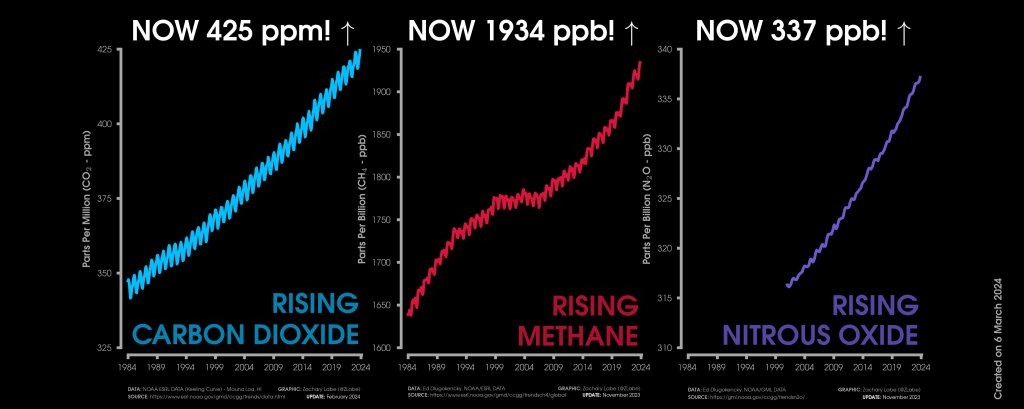
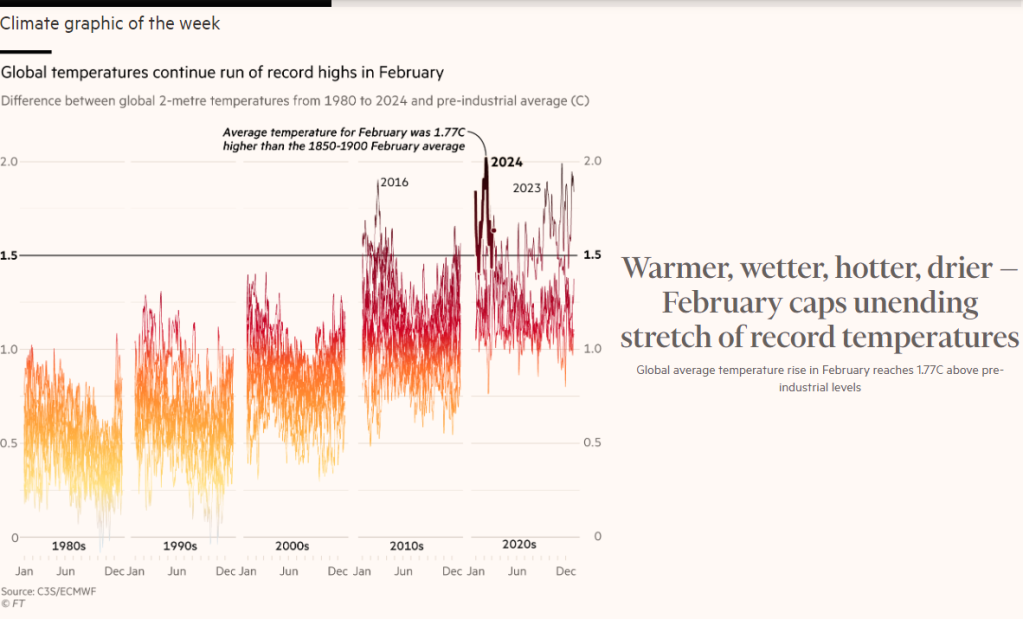
US spring phenology. The National Phenology Network spring leaf index anomaly for 12 March 2024 shows that the West Coast west of the Sierras and Cascades, and Midwest and South all show significantly earlier leaf flush relative to a long term average for 1991-2020. Note that Florida is out-of-synch with the pattern for the South, and this has been a long standing phenomenon for our Peninsula.

A massive aerial study of almost 1 million sites in the CONUS reveals fossil gas emissions triple the official US estimate. The majority of fossil gas leaks from production facilities occur in the US and Russia.

Pure evil. From the Sierra Club, the story of Marc Morano, an infamous climate change disinformation shill, and the libertarian Committee for a Constructive Tomorrow. Funding has been supplied by fossil fuel interests including ExxonMobil and Charles Koch Foundation and dark money groups like Donors Trust. The disinformation campaign has been effective. Nearly 230 local measures across 35 states restrict renewable energy.
A century of reforestation has reduced anthropogenic warming in the Eastern US. Below: Top left shows age in years of forest. Top right shows area reforested. Bottom left shows temperature trend 1900-2010. Bottom right is a clear-cut plot being replanted in West Virginia. This relative cooling is mostly a consequence of the biophysical effects of evapotranspiration from the forest. This once again confirms that for the latitudes south of about 50˚ the impacts of planting trees are to reduce warming while providing additional carbon uptake relative to a cleared or urban area. The biophysical effect is the reason why urban tree planting reduces urban heat island warming.

Not sure I agree. My gut response to this was to agree that climate science reticence is damaging our ability to address climate change. But now as I think more about this issue, it strikes me that science is usually very clear and shows that we are in deep shit. In many instances I am not sure what the science community can do to make this more clear. Climate literacy should be a requirement for graduation from any public university. Sustainability campaigner and writer Jonathon Porritt writes:
- The speed with which the climate is now changing is faster than (almost) all scientists thought possible.
- There is now zero prospect of holding the average temperature increase this century to below 1.5°C; even 2°C is beginning to slip out of reach. The vast majority of climate scientists know this, but rarely if ever give voice to this critically important reality.
- At the same time, the vast majority of people still haven’t a clue about what’s going on – and what this means for them and everything they hold dear.
- The current backlash against existing (already wholly inadequate) climate measures is also accelerating – and will cause considerable political damage in 2024. Those driving this backlash represent the same old climate denial that has been so damaging over so many years.
- The science-based institutions on which we depend to address this crisis have comprehensively failed us. The Intergovernmental Panel on Climate Change is incapable of telling the whole truth about accelerating climate change; the Conference of the Parties (under the UN Framework Convention on Climate Change) has been co-opted by the fossil fuel lobby to the point of total corruption.
- By not calling out these incontrovertible realities, mainstream scientists are at risk of becoming the new climate deniers.
Our World in Data weather forecasts. Hannah Ritchie writes that four-day forecast today is as accurate as a one-day forecast 30 years ago. I agree with this (mostly), although I don’t agree with Ritchie’s claim that things are not that bad. The data in the figures below are averages, but it is obvious that regional accuracy, such as forecasts for parts of the Florida Peninsula, can be flawed.
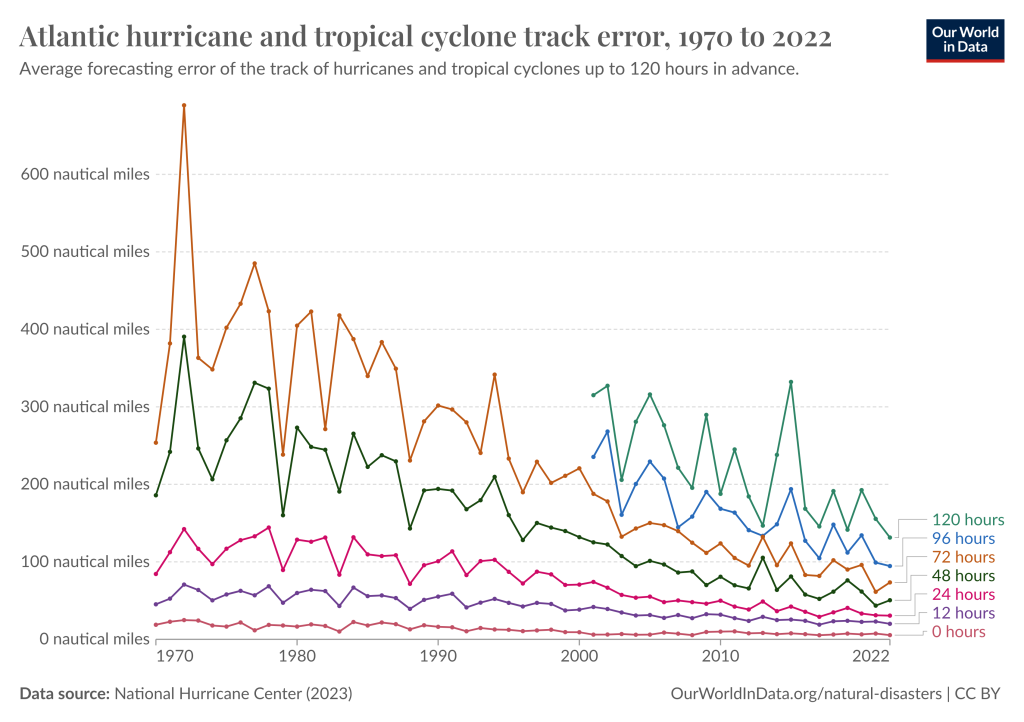

The USDA’s spending on “climate-smart” farming often results in more emissions than would occur if production were to be shifted from animals, especially beef, to production of protein from plants. The USDA’s Environmental Quality Incentives Program (EQIP) has been known for years to be a boondoggle for beef producers. Between 2017 and 2022 the USDA spent $250 million on questionable practices. Confined Animal Feeding Operations (CAFOs) for beef have received most of this funding. Structures such as a waste storage facility increase emissions. This issue was covered in the module on agriculture.
Massive cattle feedlot in Texas (below)

The International Commission on Stratigraphy has once again rejected a proposal to declare the Anthropocene an official epoch. You might recognize the lead author of this report in Grist by Sachi Mulkey and Kate Yoder. The Commission has debated this for over 15 years. This year at least members resigned from the panel to review the Anthropocene issue. I regard this as another example of academics having their heads up their collective ass due to mindless adherence to tradition and protocol. It has been said that science sometimes advances one funeral at a time.
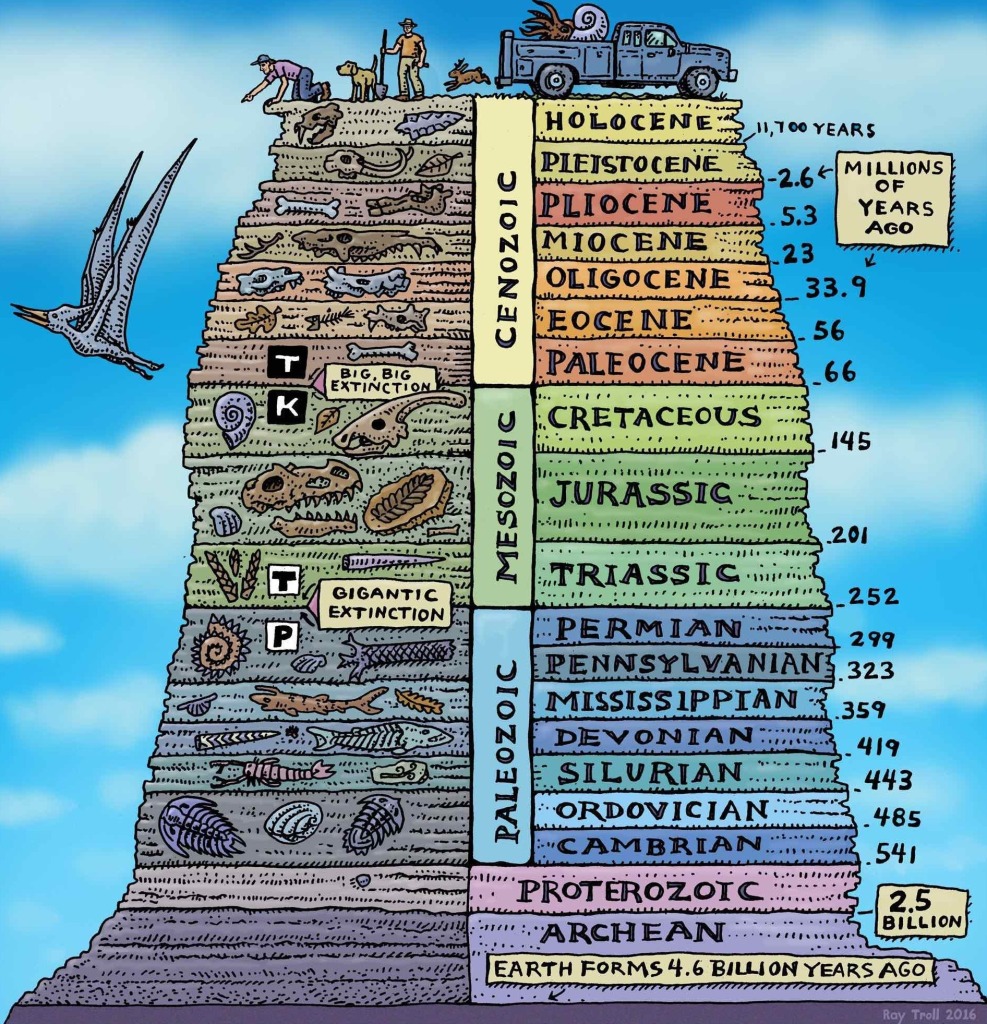
MethaneSat has been deployed to “name and shame” methane emitters. This satellite is a joint project of the Environmental Defense Fund (I received funding from EDF for a carbon inventory of Florida in 2007) and the New Zealand Space Agency at a cost of $88 million.

I am very alarmed by these temperature data. The North Atlantic Ocean is astonishingly warm for this time of year. The global sea surface temperature is much higher than this time last year.



A CarbonBrief analysis shows that a Trump election win would add 4 billion tonnes to the US emissions by 2030.
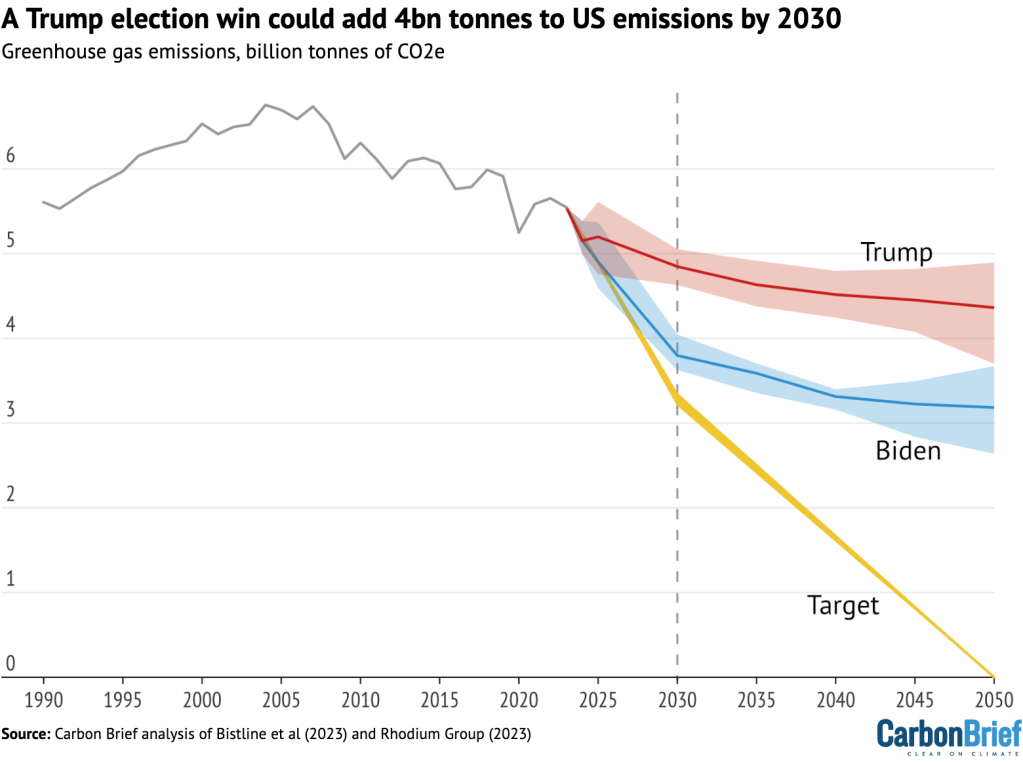
The Florida Ecological Greenways Network has protected 46.2% of lands necessary to maintain an ecological corridor through the extent of the state.
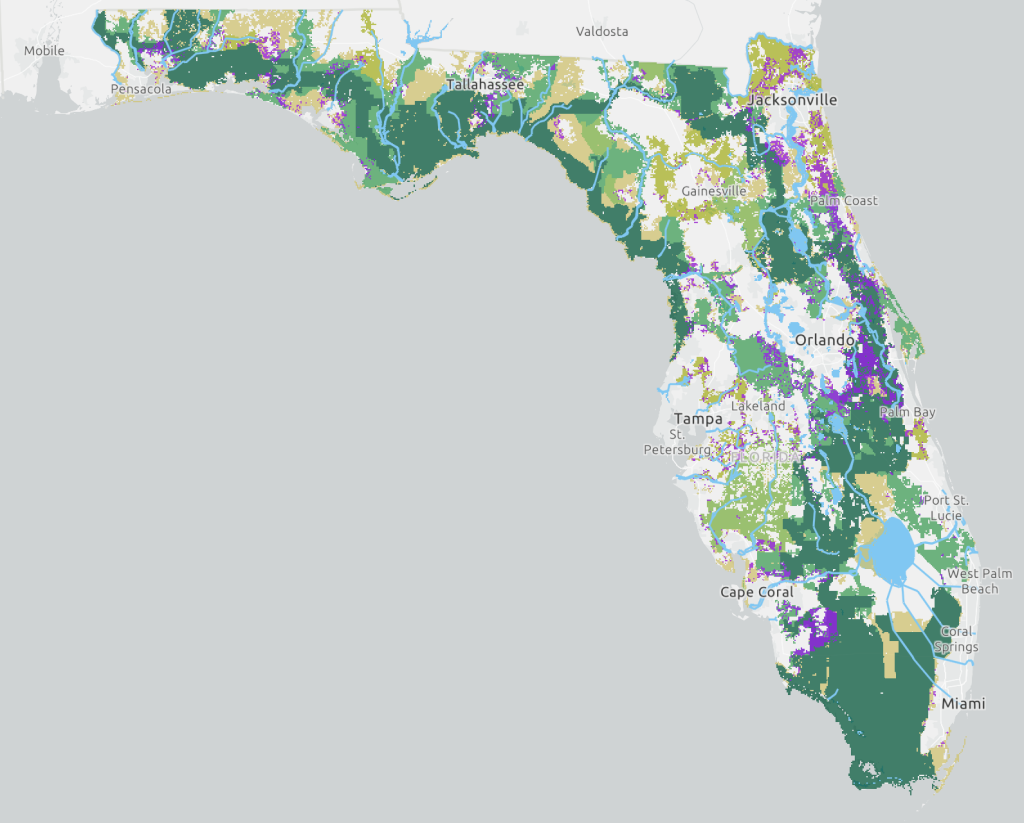
You must be logged in to post a comment.